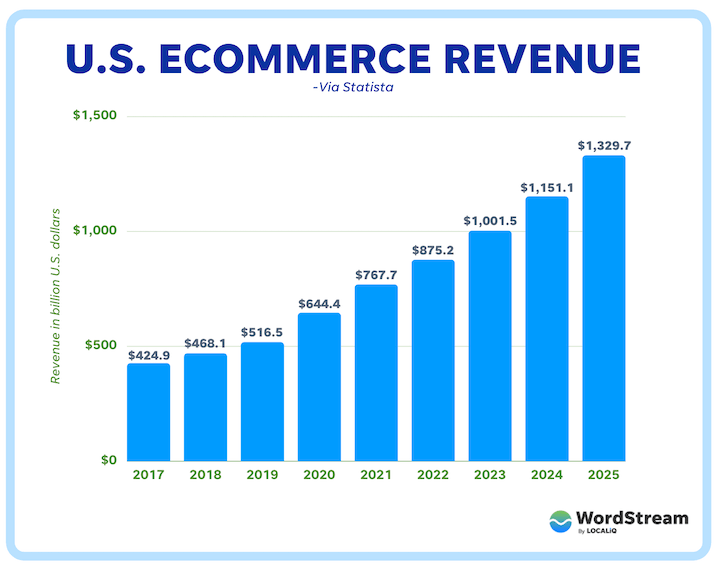
Demand Side Platforms
In the rapidly evolving world of digital advertising, Demand Side Platforms (DSPs) have become pivotal for advertisers looking to automate and optimize their ad purchases across multiple channels. By leveraging programmatic advertising, businesses can efficiently reach their target audiences while maximizing the impact of their advertising budget.

What is a Demand Side Platform (DSP)?
A Demand Side Platform (DSP) is a technology platform that enables advertisers to buy digital advertising inventory from a variety of publishers in real time. It allows for the automated buying of ad space, making it a crucial tool for executing programmatic campaigns. Through Real-Time Bidding (RTB), DSPs enable advertisers to bid on impressions as they become available, ensuring that their ads reach the right audience at the right time.
How Does a DSP Work?
When a user visits a website or opens an app, a request for ad inventory is sent out to various supply-side platforms (SSPs) and advertising networks. This request includes details about the user, such as demographics and browsing behavior. The DSP evaluates this information against the advertiser’s criteria and places a bid on the available ad space through an automated auction process.
This entire transaction occurs within milliseconds, enabling advertisers to compete for inventory from hundreds of publishers. The winning bid secures the ad placement, allowing the advertiser to showcase their ad immediately. This impression-based buying model ensures that advertisers only pay for the impressions that matter most to their campaigns.
Key Benefits of Using a DSP
- Automation and Efficiency: DSPs streamline the process of ad buying, allowing for automated purchasing across various channels. This automation reduces the time and effort needed for campaign setup and management.
- Precise Targeting: Leveraging audience segmentation and behavioral signals, DSPs enable advertisers to precisely target their ideal customers, increasing the likelihood of conversions.
- Broad Reach Across Digital Channels: DSPs provide access to a wide range of digital advertising inventory, including display ads on websites, video ads, and native advertising across multiple channels. Advertisers can access premium inventory across platforms, including Amazon-owned sites, mobile apps, and social media.
- Advanced Reporting Capabilities: With features such as Dash reporting and detailed analytics, advertisers can track campaign performance in real-time. This allows for the adjustment of strategies based on key performance indicators (KPIs) to maximize ROI.
- Customizability and Control: Advertisers can tailor their campaigns using self-serve DSPs and leverage advanced features to suit their company goals. This includes setting specific budget parameters and creative options for each campaign.
Key Features of a Demand Side Platform (DSP)
- Real-Time Bidding (RTB): As a core component, RTB allows DSPs to bid on impressions in real-time, ensuring advertisers get the best possible placements at an effective cost.
- Comprehensive Inventory Access: DSPs connect advertisers with a wide range of digital advertising space, including inventory from publishers and supply sources, which encompasses both app publishers and websites.
- Advanced Analytics: DSPs offer powerful analytics platforms that provide deep insights into campaign performance, audience behavior, and other crucial metrics.
- Fraud Detection: Many DSPs incorporate tools to identify and filter out fraudulent impressions, ensuring advertisers only pay for legitimate engagements.
- Campaign Management Tools: These platforms serve as a single solution for managing all aspects of digital advertising campaigns, from initial setup to ongoing optimization and reporting.
- Creative Management Platform: Advertisers can manage their ad creatives directly through the DSP, ensuring that they can quickly adapt to audience feedback and performance data.
- Consultative Service: Many DSP providers offer additional services, including consultative support, to help advertisers optimize their strategies and meet their campaign goals.
Why Choose a DSP for Your Advertising Campaigns?
There are several reasons why DSPs have become essential tools in the realm of programmatic advertising:
- Cost-Effectiveness: By leveraging programmatic buying, advertisers can optimize their advertising budgets by participating in RTB auctions to secure high-quality impressions at competitive rates.
- Transparency and Control: Advertisers have full visibility into where their ads are displayed and how their budgets are allocated, fostering a more transparent advertising ecosystem.
- Wider Audience Reach: DSPs enable advertisers to extend their reach across various digital channels, ensuring their messages are seen by a broader audience, from niche segments to mass markets.
- Automation of Ad Buying: The automated buying process simplifies ad placement, enabling advertisers to scale their campaigns more efficiently without sacrificing quality.
How Does Real-Time Bidding (RTB) Improve Campaign ROI?
The implementation of Real-Time Bidding (RTB) is a game-changer for improving Return on Investment (ROI) in advertising campaigns. By analyzing behavioral signals and audience insights in real-time, DSPs can adjust bids dynamically to ensure ads are shown to the most relevant audiences. This optimization helps to improve conversion rates while minimizing wasted ad spend.
Popular Demand Side Platforms
Here are some examples of leading DSPs that offer advanced programmatic advertising solutions:
- Google Marketing Platform: This integrated platform includes features for display and video advertising, providing access to extensive inventory and advanced reporting capabilities.
- Adobe Advertising Cloud: A comprehensive programmatic advertising platform that combines media planning, buying, and optimization across digital channels.
- The Trade Desk: Known for its user-friendly interface and robust reporting features, The Trade Desk offers advertisers access to premium inventory across various ad networks.
- Basis Technologies: A technology platform that simplifies programmatic ad buying while providing advanced analytics and campaign management tools.
- Rocket Fuel: Focused on predictive analytics, Rocket Fuel enhances audience segmentation and targeting, ensuring effective ad placements across digital channels.
Conclusion
Demand Side Platforms (DSPs) are crucial for advertisers looking to harness the power of programmatic advertising. By streamlining the ad buying process through automation and real-time bidding, DSPs provide unparalleled access to a vast array of digital ad inventory across hundreds of publishers. With advanced reporting capabilities and audience insights, these platforms empower advertisers to make data-driven decisions, optimize their campaigns, and achieve their marketing goals. Whether you’re a small business or a large advertising agency, leveraging a DSP can significantly enhance your online advertising efforts, ensuring your ads reach the right audience effectively and efficiently.
